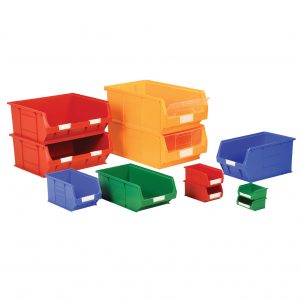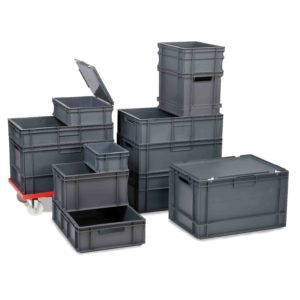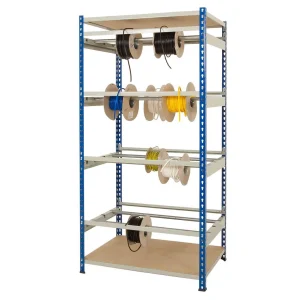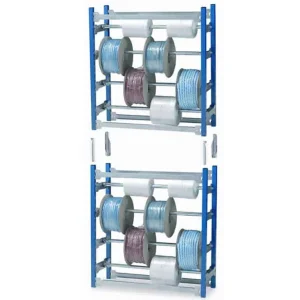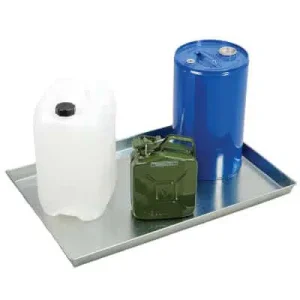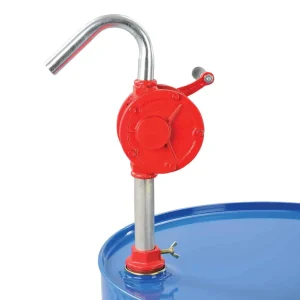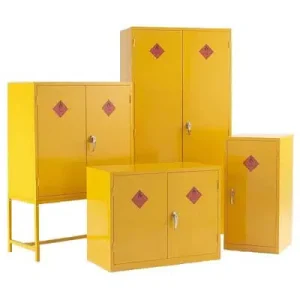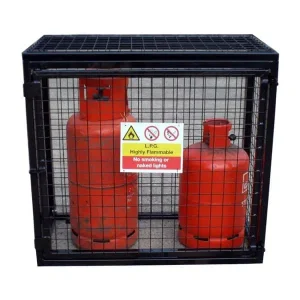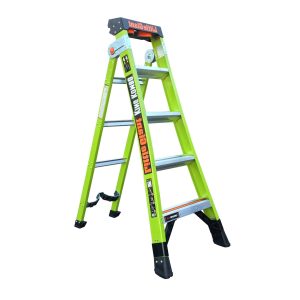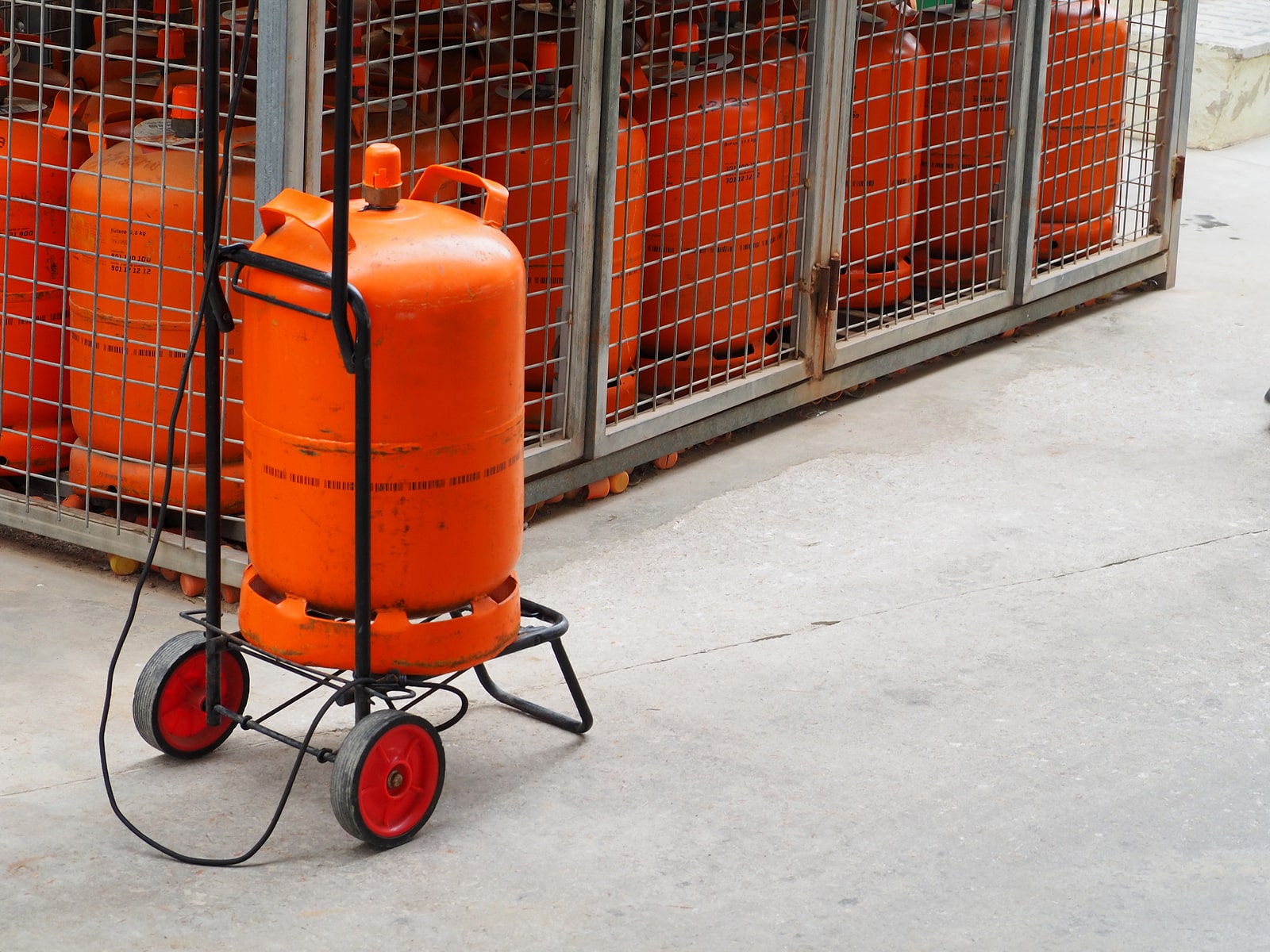
No matter the industry in which they’re used, it is essential that gas cylinders be stored safely, securely and in line with Health and Safety Executive (HSE) regulations. Following the strict safety requirements for gas cylinder storage will minimise the risk of dangerous accidents, such as spills or explosions, ultimately protecting you and your workforce from serious harm.
At Storage N Stuff, we can help you ensure the proper storage of gas bottles and cylinders. Our comprehensive range of gas cylinder cages, pallets, wall racks and floor stands is in line with all current HSE requirements, and our products are competitively priced, guaranteeing excellent value for money without compromising quality and durability.
How to Safely Store Gas Cylinders When Not in Use
UK gas cylinder storage regulations must be adhered to when cylinders are not in use or in transit. HSE regulations apply in all circumstances, whether gas cylinders are full or empty; unless a cylinder is new, de-valued or has not yet been filled with gas, all vessels should be treated as if full when it comes to safety-compliant storage practices.
There is little variation in requirements for handling empty gas cylinders compared to full gas cylinders, and a responsible person should ensure the appropriate storage in both cases.
HSE guidelines for gas cylinder storage outline several important factors to be aware of when planning safe storage, and rigorous risk assessments should be carried out to address the following factors:
- Storage location: To determine a suitable storage location, you should evaluate the potential hazards of the material and the quantity of cylinders being stored. Distance from other stored materials, process plant and traffic routes must be taken into consideration, and the storage location must be secure, ideally on a concrete or load-bearing surface above ground level, and with clear emergency exits available if stored indoors.
- Appropriate ventilation: In ideal circumstances, gas cylinder storage areas should be outside in the open air, allowing any vapours to disperse freely. Should outdoor storage not be possible, indoor storage areas must be properly ventilated through the use of louvres or mechanical ventilation.
- Layout: Cylinders containing compressed gases should be stored upright, with undamaged and visible valves. LPG cylinders stored according to HSE guidelines should not exceed 30,000kg when stored outside, and no more than 5,000kg when stored inside.
- Proximity to hazardous materials: Storing multiple hazardous materials requires careful planning to ensure that toxic, self-reactive or flammable materials are stored at an appropriate separation distance of at least 3 metres. If this is not possible, a non-combustible barrier at least 1.5 metres high, such as a firewall, can also be utilised.
In addition to the strict regulations set out by HSE, other guidelines, such as the UKLPG Code of Practice, outline further recommendations for storing full and empty LPG cylinders. Other best practices include:
- Appropriate signage: Compressed gas cylinders should have notices displayed with appropriate safety signage, detailing key safety information such as the relevant COSHH symbol and whether the cylinder still contains gas. This assists in the separation of full and empty cylinders, as well as segregation based on gas type, for example, flammable gases or oxidants.
- Storage of other products: Gas cylinder storage areas should be used exclusively for their designated purpose. No other products, particularly flammable materials including fuel oil, paint or corrosive liquids, should be stored in the same area. Our gas bottle storage solutions are designed to provide a storage area exclusively for gas cylinders.

Do Gas Cylinders Need to Be Stored in a Cage?
Although HSE does not specifically require gas cylinders to be stored in cages, it is highly recommended. This is because a gas cage is a thoroughly secure solution, allowing gas cylinders to be isolated from other potentially hazardous materials, in addition to being locked away from any potential tampering.
If not stored in a gas cage, it is highly recommended that gas cylinders are secured with a chain or restraint. This will prevent the cylinders from toppling over, which could incur damage to the cylinder and result in harmful gas leaks.
Secure Solutions for the Storage of Gas Cylinders
Our range of hazardous gas storage provides multiple solutions to address your requirements. We stock the best gas storage and handling products which comply with gas cylinder storage regulations in the UK, and offer free UK delivery and a price promise on all products.
Browse our comprehensive range of products today, and contact us for more information from our experts.
